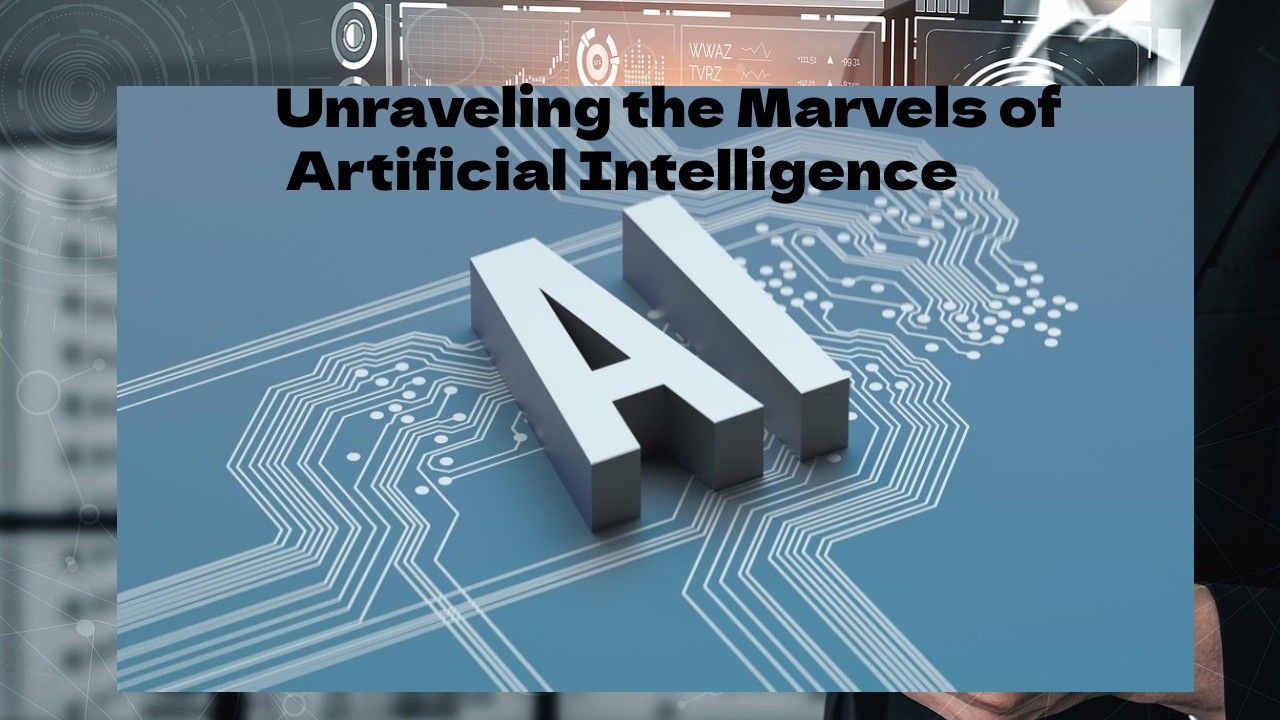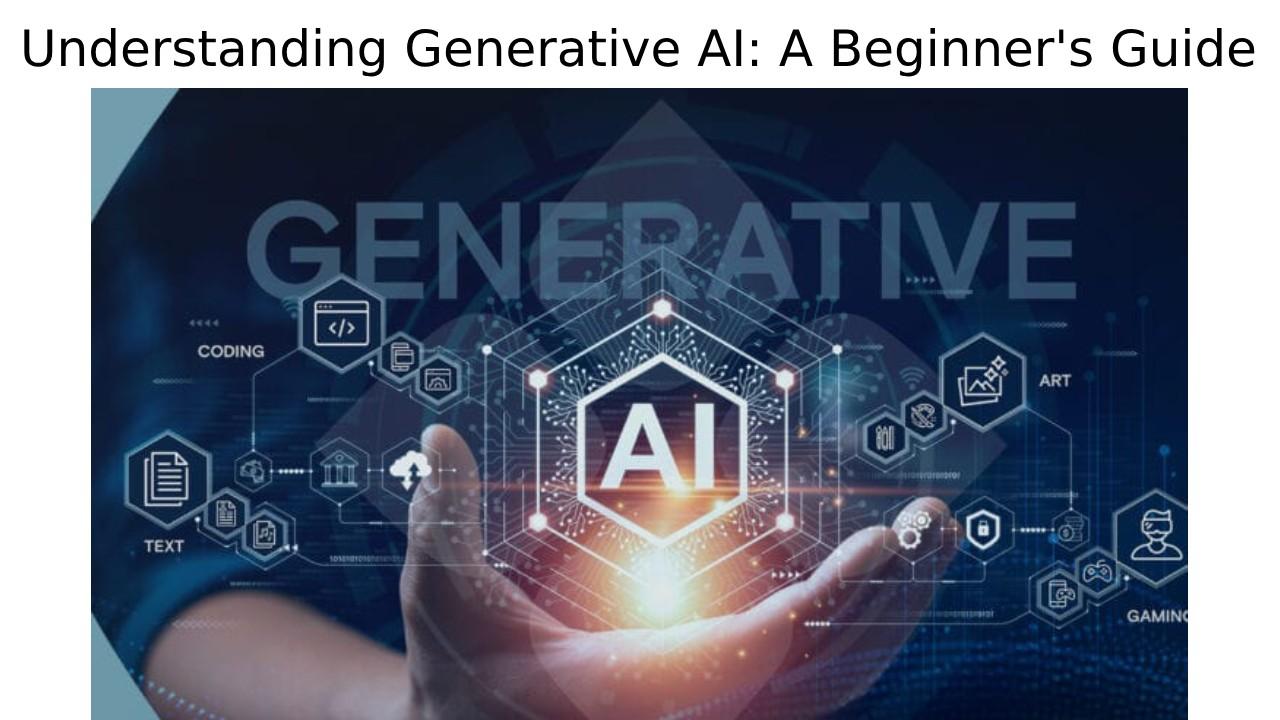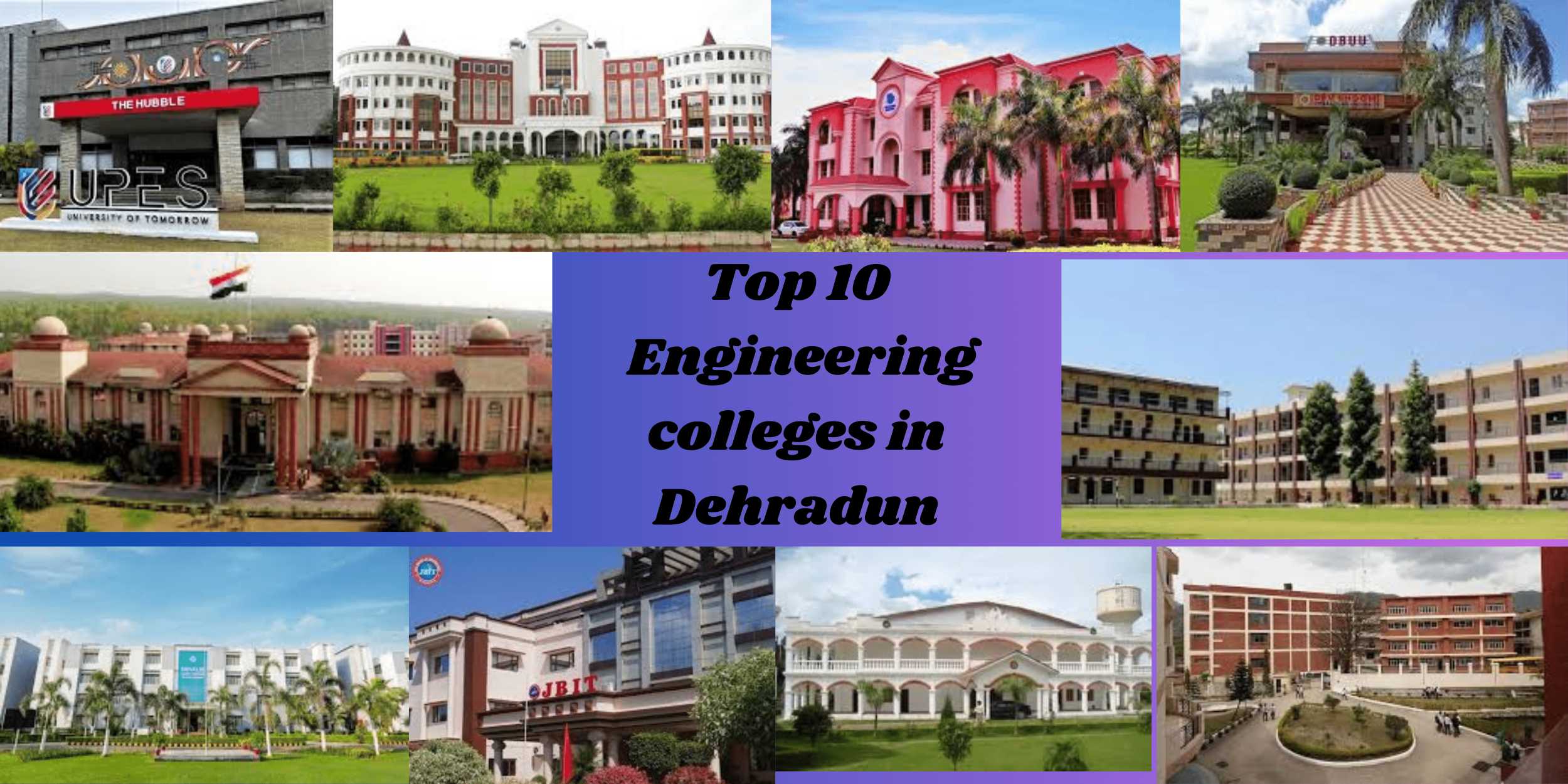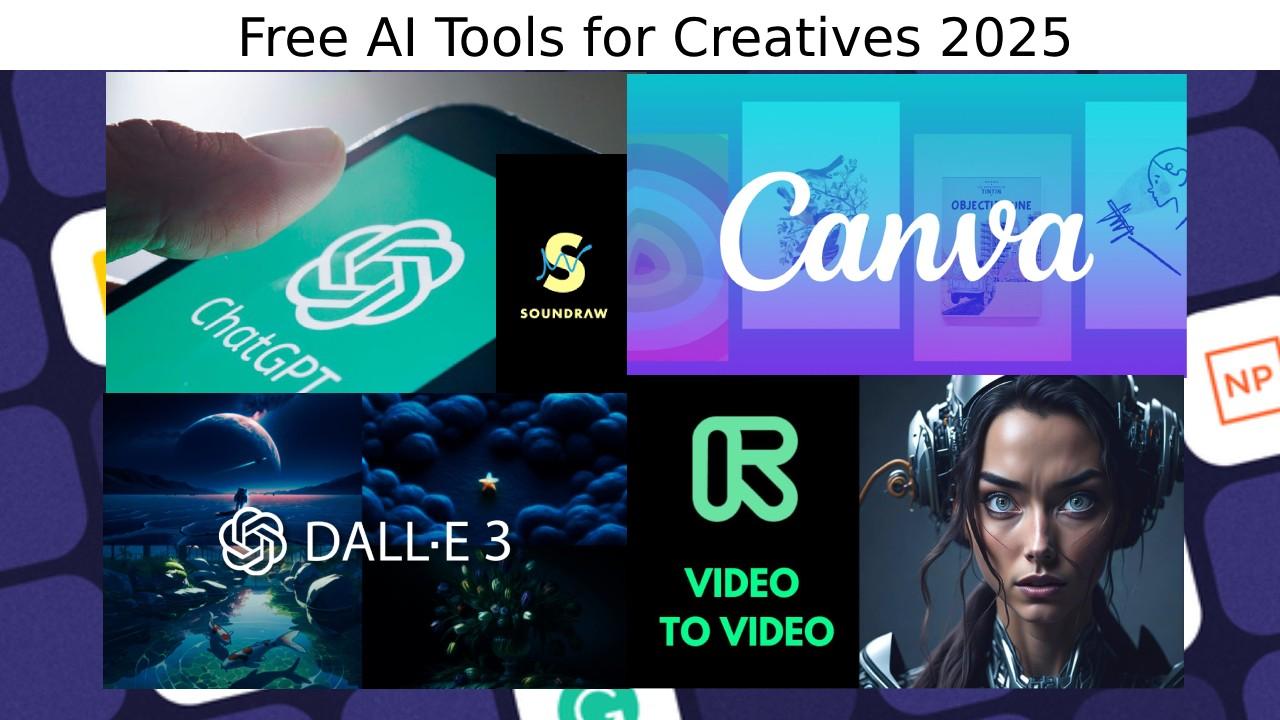Top 10 Python Libraries You Should Master in 2025
Python has remained one of the top programming languages over the years because of its ease, adaptability, and large community. In 2025, Python is still the leading language across different fields, ranging from web design to data science and machine learning. To be competitive and productive in your Python projects, mastering the correct libraries is critical. Here’s a list of the top 10 Python libraries you should learn in 2025 to level up your coding game.
1. TensorFlow
Use Case: Machine Learning & Deep Learning
Overview:
TensorFlow, created by Google, is one of the leading machine learning and deep learning libraries. It’s utilized for creating and training deep neural networks and is extensively used in many applications like image recognition, natural language processing, and autonomous systems.
Why Master It?
With the advent of AI and deep learning in 2025, TensorFlow is a library that must be mastered. It’s extremely flexible, accommodates scalable machine learning tasks, and enjoys strong community support and tutorials.
2. Pandas
Use Case: Data Manipulation & Analysis
Overview:
Pandas is a must-have library for data manipulation and analysis. It offers robust tools for data cleaning, analysis, and visualization through its DataFrame and Series data structures. It integrates perfectly with data from various sources such as CSV, Excel, SQL databases, and others.
Why Master It?
Data analytics and science remain key areas in 2025. Pandas is central to data wrangling and analysis and, thus, a must-have tool for anyone handling data.
3. Flask
Use Case: Web Development (Micro-Framework)
Overview:
Flask is a simple, lightweight web framework in Python used for quick and efficient development of web applications. It’s bare-bones, having flexibility for developers who desire greater control over their applications.
Why Master It?
Flask will still be a favorite for microservices and APIs in 2025. It’s ideal for those who like the modular way of developing applications, so it’s great for fast and scalable web development.
4. NumPy
Use Case: Scientific Computing & Numerical Analysis
Overview:
NumPy is the backbone of numerical computing in Python. It supports large multi-dimensional arrays and matrices and has an enormous library of high-level mathematical functions to work on these arrays.
Why Master It?
In 2025, numerical computing will still be critical to data science, finance, machine learning, and engineering tasks. NumPy mastering is vital to efficient mathematical operations and data manipulation in scientific computing.
5. PyTorch
Use Case: Machine Learning & Deep Learning
Overview:
PyTorch is a deep learning framework created by Facebook’s AI Research lab and has quickly become popular because it is flexible, easy to use, and has a large community of developers. It’s utilized for creating sophisticated neural networks and is also famous for having a dynamic computation graph.
Why Master It?
PyTorch is a top pick for machine learning practitioners in 2025, particularly for research and experimentation. It’s simple yet powerful, and that makes it a great fit for leading-edge AI development.
6. Matplotlib
Use Case: Data Visualization
Overview:
Matplotlib is the first choice library to create static, animated, and interactive visualizations in Python. It’s applied for plotting data, graph creation, and chart construction that facilitates making sense of big datasets.
Why Master It?
Data visualization is crucial to the interpretation and representation of insights. Learning Matplotlib will enable you to effectively communicate your data discoveries, making it an essential for data analysts, scientists, and anyone who works with data in 2025.
7. Scikit-learn
Use Case: Machine Learning
Overview:
Scikit-learn is among the most widely used machine learning libraries, providing simple-to-use tools for classification, regression, clustering, and dimensionality reduction. It can handle both supervised and unsupervised learning and is compatible with other scientific libraries such as NumPy and SciPy.
Why Master It?
In 2025, Scikit-learn continues to be a robust, easy-to-use library for creating and deploying machine learning models. Its simplicity and thoroughly documented functionality make it perfect for both beginners and experts in data science and machine learning.
8. Keras
Use Case: Deep Learning
Overview:
Keras is an open source library that is an interface for TensorFlow, enabling users to make deep learning model creation and training more convenient. Keras uses a high-level API that allows it to design neural networks and sophisticated models without complexities.
Why Master It
With the increased significance of deep learning, Keras will be a go-to choice in 2025. It makes designing neural networks easier and is a great tool for those who need to prototype deep learning models very quickly without delving into difficult code.
9. Django
Use Case: Web Development (Full-Stack Framework)
Overview:
Django is a Python web framework for rapid development and clean, pragmatic design. It also has built-in features such as authentication, an admin interface, and an ORM (Object-Relational Mapping) that make it suitable for developing strong web applications.
Why Master It?
In 2025, Django remains a top choice among frameworks for creating scalable, secure, and easy-to-maintain web applications. To work in full-stack web development, you must be proficient in Django.
10. Seaborn
Use Case: Data Visualization
Overview:
Seaborn is a Python data visualization library based on Matplotlib. Seaborn simplifies the development of attractive and informative statistical visualizations. Seaborn gives a high-level interface for making beautiful and informative data visualizations.
Why Master It?
Seaborn will still be useful in 2025 for people working on depicting sophisticated statistical data. It is ideal for data analysis due to its inclusion with Pandas and NumPy, and rich color palettes and styles will make your plots look more visually appealing.
Conclusion
As we enter 2025, these top 10 Python libraries—spanning from AI and machine learning libraries such as TensorFlow and PyTorch to web frameworks such as Flask and Django—will inform the future of software development, data science, AI, and web applications. Regardless of your level of expertise—beginner or experienced Python developer—becoming a master of these libraries will give you the knowledge necessary to remain competitive and effective in the modern tech world.






